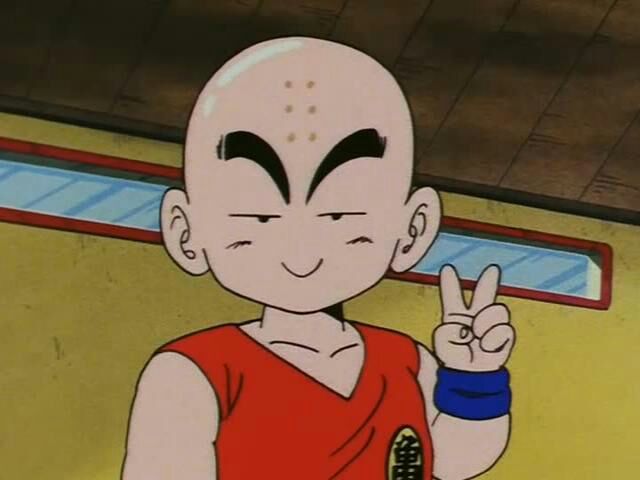
Thakkar has danced and performed in Canada for more than 25 years. Among the dedicated artists who have created this excellence, three stand out: Menaka THAKKAR, Rina Singha and Lata Pada. The festival performances have found an audience in the wider dance community as well as in the large local Indian community. Kala Nidhi, a festival of East Indian dance launched in 1993, focused international attention on Toronto as a centre of this dance. One of the strongest non-European dance traditions in Canada is East Indian classical dance. The main centres of this work are Vancouver, with a strong Asian presence, and Toronto, which is a rich cosmopolitan stew. Many contemporary dance creators fuse cultures and styles, drawing on dance from India, Japan, China, Vietnam, Korea and Indonesia as well as from Spain and dances of the Afro-Caribbean diaspora.

In August 2001, Bones, the first aboriginal dance/opera, with choreography by program and company director Alejandro Roncerias, premiered at the Banff Centre. The innovative company Chinook Winds, founded in 1996, annually draws together young aboriginal dance artists of many nations for performance and study of all aspects of stagecraft. Coming Together, a strong work from the 1970s, had its source in her sadness at the high number of native people in Canada's prisons.Ĭhinook Winds Aboriginal Dance Program is based at the BANFF CENTRE. Her Vancouver-based company has given performances of the resultant rituals on sacred ground, by permission of the native people who "own" the work.īefore Jamieson, Paula ROSS, also then based in Vancouver, worked out of a tangle of traditions - her native heritage, her Scottish blood, her Canadian birth. Her deep knowledge of anthropology and her fascination with dance have led her to integrate native dances, which are essentially sacred, into her choreography. Many artists work in exploratory ways the example of certain artists can serve to illuminate the field as a whole. Now, with a broader acceptance of and respect for cultural diversity, many dance artists of differing backgrounds work in collaboration, exploring the expressive potential of each other's dance traditions. The first ballet and modern dance did not reflect the experience of recent immigrants.

When these new Canadians settled into Canadian society, they encountered an indigenous Canadian concert dance culture derived from European and American sources. The result is a potent brew of dance traditions and the creation of dance works characterized by a sense of dynamic cultural expansion.įrom the 1970s through the beginning of the new millennium Canada has been enriched and changed by the immigration of people from the Caribbean, Africa and South and Southeast Asia. Contemporary dance expression in Canada mirrors the increasingly multicultural nature of Canadian society. The fertile meeting and blending of many dance traditions has seeded a fluid, constantly evolving dance form that can be best described as dance fusion.ĭance is always sensitive to social and political change. A parallel exists in the growth of WORLD MUSIC, which has both challenged and extended Western music. Today, dance is characterized by a growing respect for diversity, and by an animated interest in embracing a broader spectrum of dance traditions. Native forms of dance were all but obliterated in the spread of European-dominated culture. The theatrical dance that emerged from their burgeoning culture was based on European ballet traditions. The dance that the new settlers brought with them was based on European court dancing or folk forms. In Canada, a tradition of ritual dance among native people preceded the arrival of British and French settlers. Pioneer modern dance creators, including Ruth St Denis, Isadora Duncan and Martha Graham, began to borrow and revive powerful ancient and non-European traditions, symbols and mythology through their dances. Many of the early modern dancers understood the universality of dance as a form of expression. MODERN DANCE has often been thought of as a revolution toward a more individualistic style and democratic philosophy a revolution, however, only in the context of a culture with European roots. BALLET, for example, an aristocratic form of Western dance, reflects the elegance and decorum of the courts of the Italian Renaissance where it began. Movement itself has been rooted in cultural traditions.

Choreographic visions are almost always enhanced by costumes, decor and lighting, and animated by music or a soundscape. Movement, its essential substance, exists only as interpreted through the human body.


 0 kommentar(er)
0 kommentar(er)
